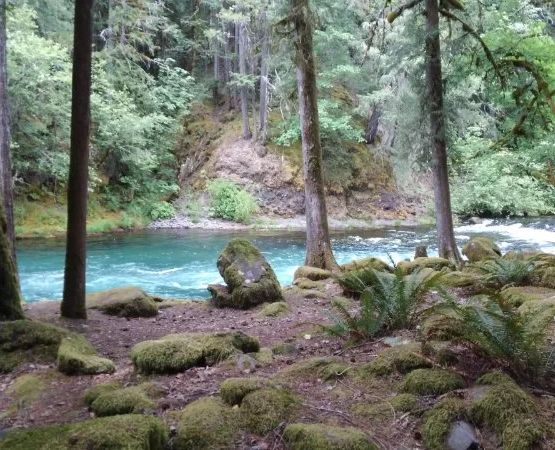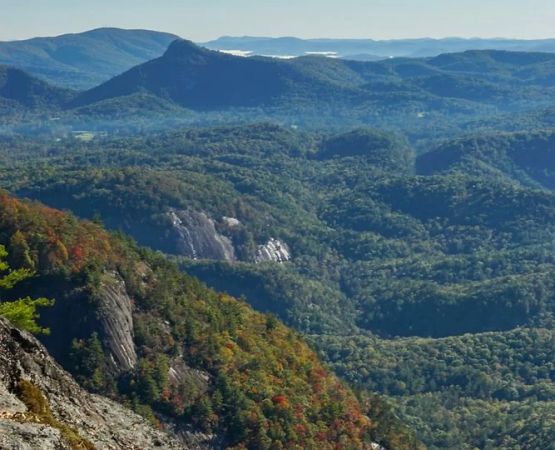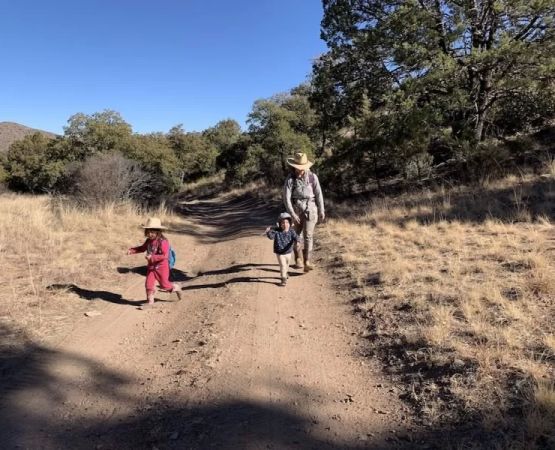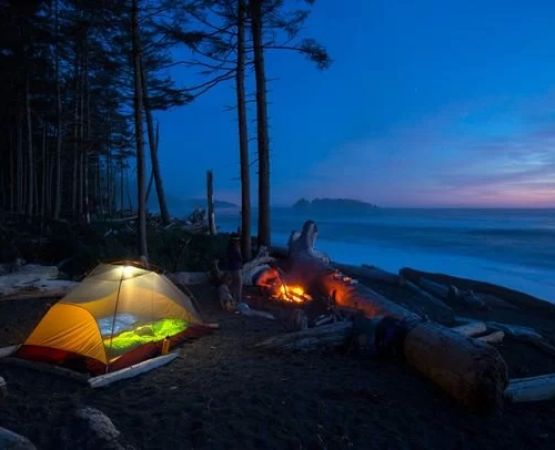- Understanding-Moose-Behavior
- Why-Moose-Show-Aggression
- Warning-Signs-of-an-Aggressive-Moose
- How-to-Stay-Safe-Around-Moose
- Real-Life-Encounters-and-Lessons-Learned
- Preparing-Yourself-for-the-Wilderness
- Choosing-Safe-Destinations
Understanding Moose Behavior
One of the first steps in learning how to deal with animal aggression from moose is to understand their natural behavior. Moose are generally peaceful creatures, but they are also unpredictable. Standing over six feet tall at the shoulder and weighing up to 1,500 pounds, they are the largest members of the deer family. Because of their size and power, even a brief show of aggression can be dangerous. Unlike predators such as bears, moose don’t usually see humans as prey, but they will act defensively if they feel threatened or cornered.
Why Moose Show Aggression
A key reason moose become aggressive is stress caused by their environment. During mating season, bulls are more likely to charge, while in winter, moose are easily irritated due to exhaustion and lack of food. Calves with their mothers can also trigger defensive behavior, as maternal instincts make cows highly protective. Understanding these contexts helps hikers and outdoor enthusiasts predict when encounters might turn dangerous. By respecting these natural rhythms, people can minimize risks and coexist more safely with moose populations.
Warning Signs of an Aggressive Moose
Moose often give subtle warnings before showing full aggression. Flattened ears, raised hackles, and a lowered head are all signs that a moose feels threatened. If the animal begins to stomp its feet or snort, this is a clear signal to back away immediately. Many people underestimate these signals until it’s too late. For instance, hikers in Alaska have shared stories of close calls where they ignored these warnings, leading to near charges. Recognizing these early signs is crucial for preventing escalation.
How to Stay Safe Around Moose
Knowing what to do when confronted with an aggressive moose can make the difference between a safe retreat and a dangerous situation. Experts recommend never approaching a moose and keeping a respectful distance of at least 50 yards. If a moose starts moving toward you, retreat calmly without turning your back. Running may trigger a chase response, so instead find a large object like a tree or boulder to place between yourself and the animal. Unlike bear encounters, playing dead is not recommended—moose aggression is defensive, not predatory.
Real-Life Encounters and Lessons Learned
There are countless stories of people learning firsthand how to deal with animal aggression from moose. In one notable case in Colorado, a group of hikers was charged by a cow moose protecting her calf. The hikers had unknowingly walked too close, but quick thinking and moving behind trees prevented injuries. These stories remind us that education and preparedness are the best tools for staying safe. Outdoor communities continue to share these lessons to spread awareness and prevent accidents.
Preparing Yourself for the Wilderness
Preparation is essential before venturing into moose territory. Carrying bear spray, even though it’s marketed for bears, can sometimes help deter moose if they charge. Wearing bright clothing makes you more visible and reduces surprise encounters. Learning about local wildlife patterns before hiking is equally important. Resorts like Pine Cliff Resort often provide guides and educational resources that help guests understand the behavior of animals in the area, giving them the confidence to enjoy their outdoor experience while staying safe.
Choosing Safe Destinations
When planning outdoor activities, choosing destinations that prioritize safety is key. Well-managed parks and resorts invest in educating visitors about moose aggression and other wildlife encounters. Facilities that emphasize both adventure and safety, such as Pine Cliff Resort, allow travelers to immerse themselves in nature without unnecessary risks. This balance of thrill and caution makes the experience both enjoyable and secure, ensuring that the beauty of wildlife can be appreciated without harm.






